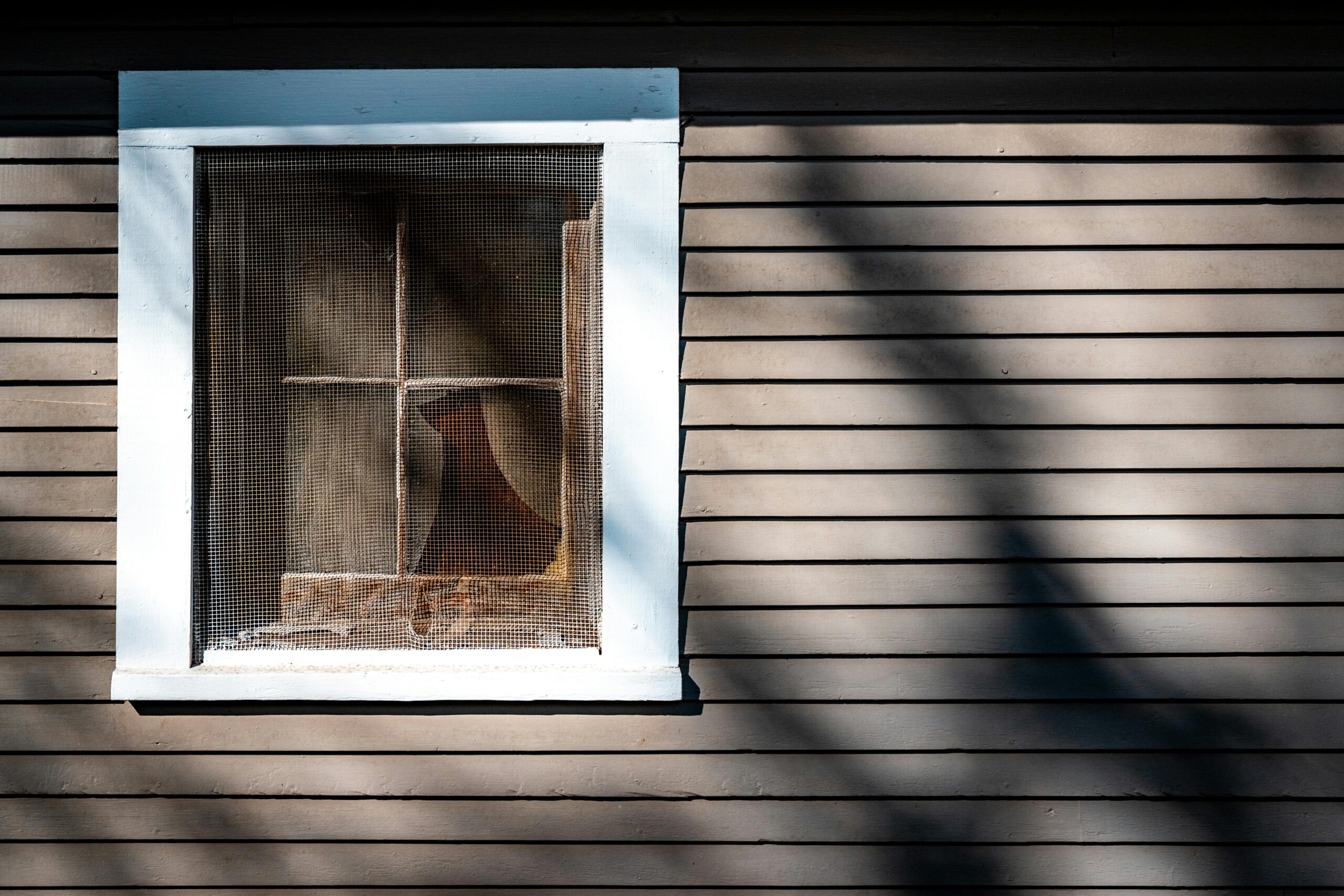
Siding is essential to any home’s exterior, providing both protection and aesthetic appeal. However, over time, the vibrant colors of your siding may start to fade, leaving your home looking dull and worn out. Understanding the causes of siding fading is crucial for homeowners who want to maintain the beauty and value of their property.
This comprehensive guide will explore the common causes of siding fading, environmental factors, effects on your home’s appearance, preventative measures, maintenance tips, signs to watch out for, repair options, and choosing suitable siding materials to minimize fading.
Common Causes of Siding Fading
The fading of siding on the house can be attributed to various factors, and understanding these can be crucial in prolonging the appearance and durability of your home’s exterior. Here’s a more detailed explanation of the common causes of siding fading:
Exposure to Ultraviolet (UV) Rays
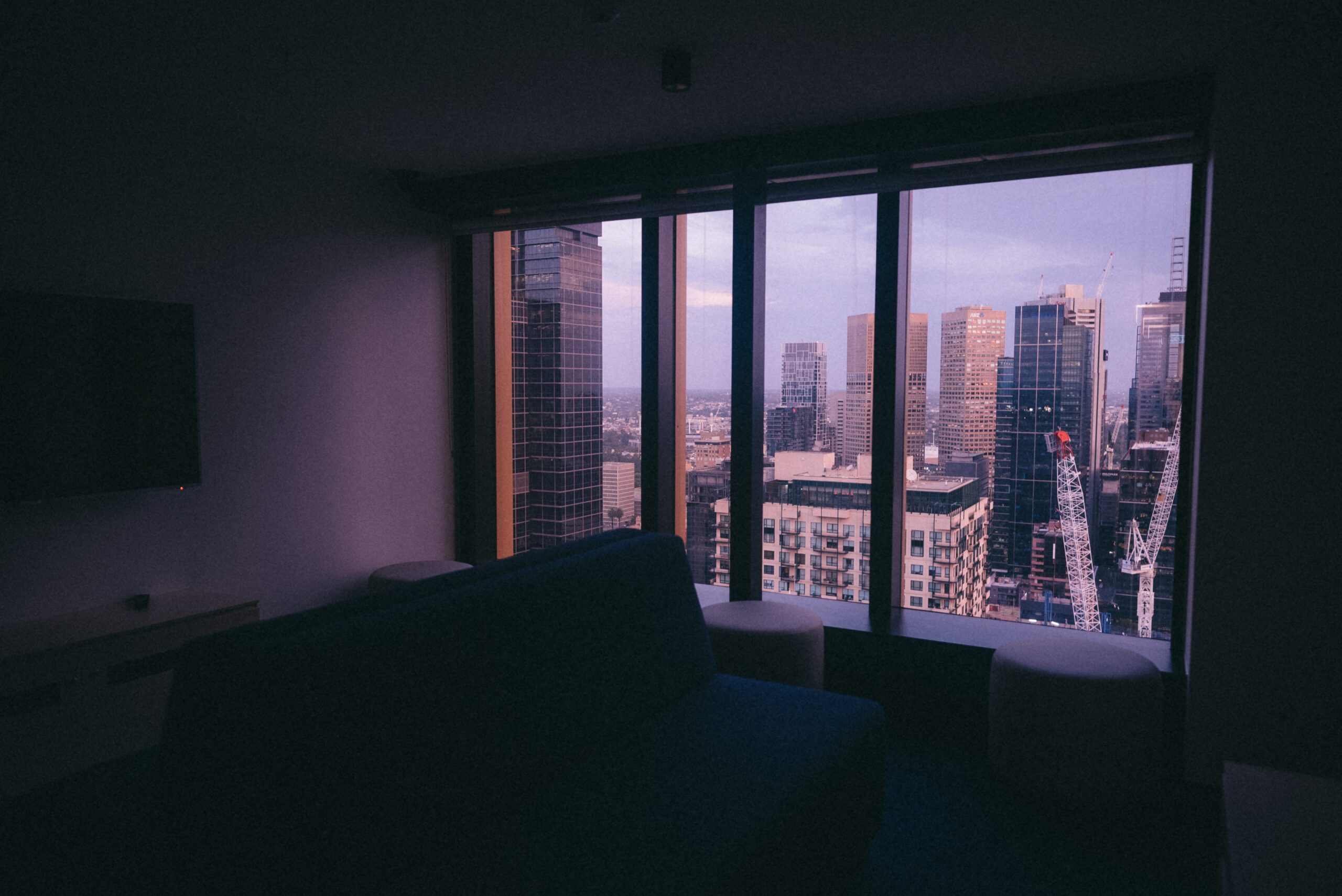
One of the primary reasons for siding fading is the exposure to the sun’s ultraviolet rays. These rays are known for breaking down chemical bonds, particularly in the pigments used for siding color. Over time, this breakdown leads to a noticeable loss of vibrancy in the siding’s color, making it look faded and aged.
Moisture Damage
Siding not designed to cope with high moisture levels can suffer from fading and discoloration. When water seeps into siding, especially those not built to be water-resistant, it can lead to the peeling and fading of paint or the intrinsic color of the material. This is often a problem in areas with high humidity or frequent rainfall.
Use of Poor-Quality Materials
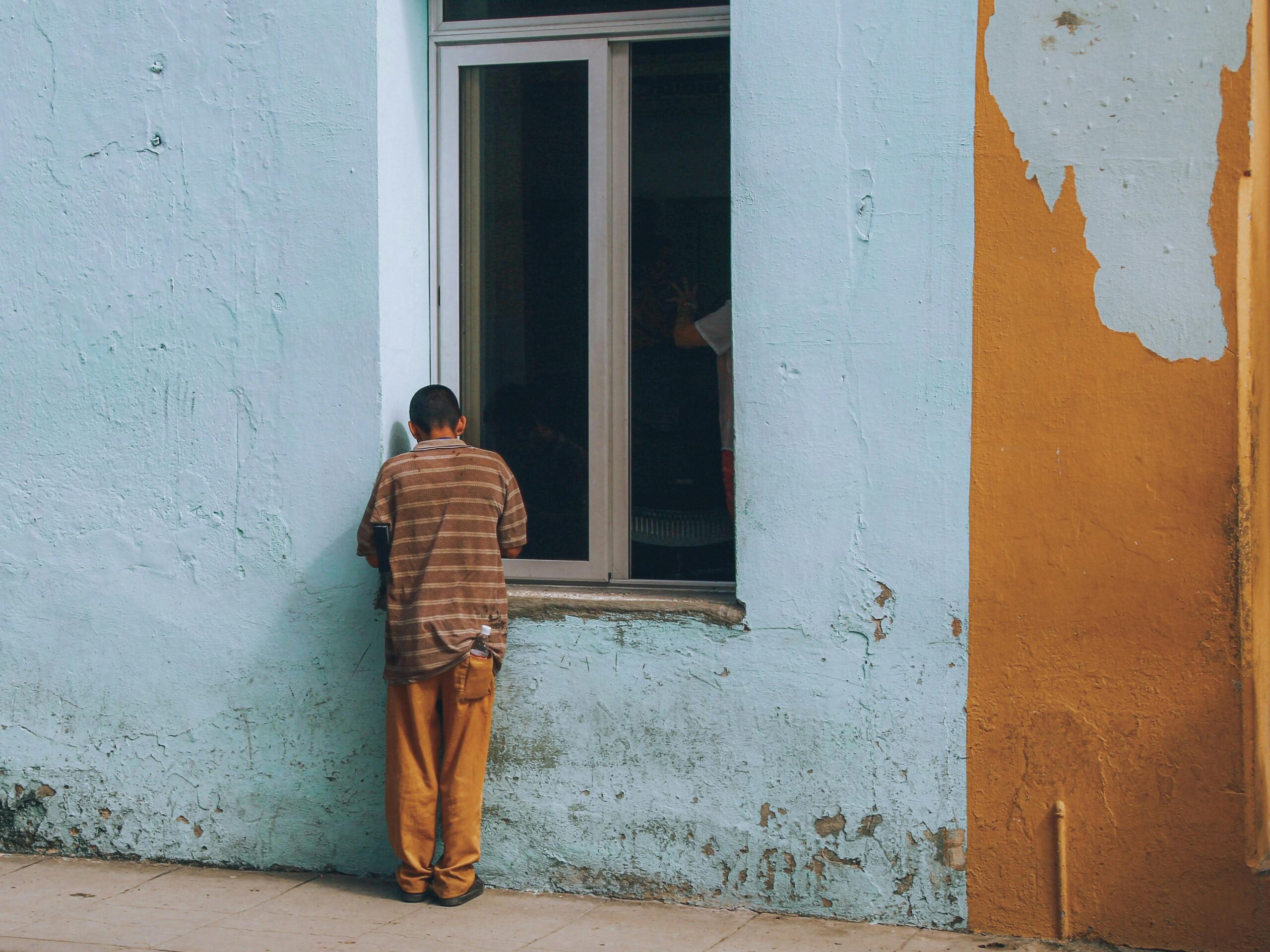
The quality of the siding material plays a significant role in how well it maintains its color over time. Siding made from cheap or low-quality materials often needs more properties to withstand harsh weather conditions and environmental factors. As a result, these materials can fade much quicker than higher-quality alternatives.
Environmental Pollutants and Debris
The environment around your home can also contribute to siding fading. Factors such as pollution, dirt, and debris can accumulate on the surface of the siding over time. This buildup causes the siding to look dirty and can contribute to discoloration and fading, especially if not regularly cleaned. The impact of these environmental factors is often more pronounced in urban or industrial areas.
By understanding these causes, homeowners can take informed steps to select suitable siding materials and implement preventive measures, such as regular cleaning and maintenance, to keep their siding looking vibrant and well-maintained for as long as possible.
Environmental Factors that Contribute to Siding Fading
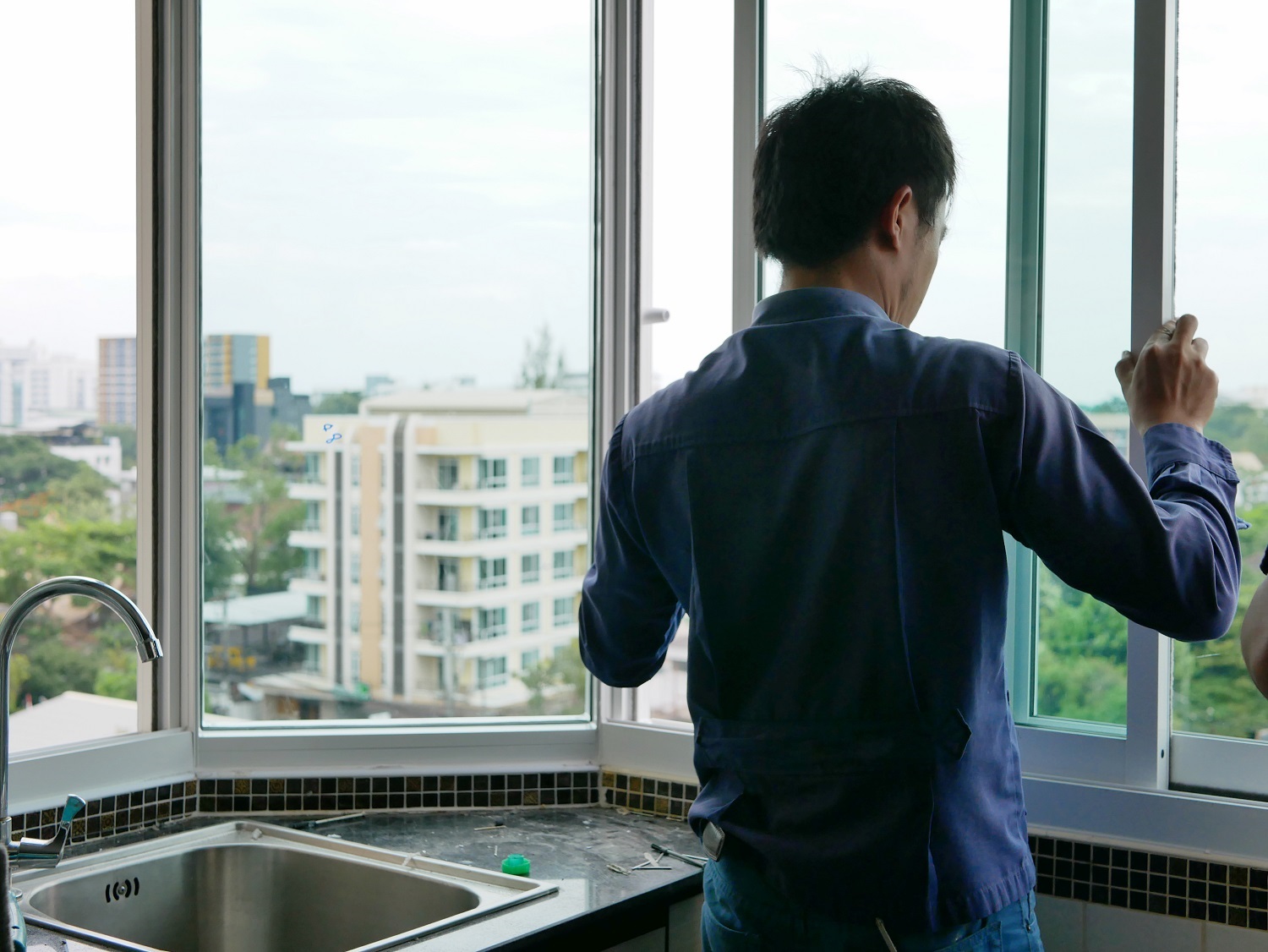
Understanding the environmental factors contributing to siding fading can help homeowners take proactive measures to prevent it. As mentioned earlier, UV rays are a significant cause of fading. Areas with high levels of sunlight exposure, such as southern regions, are more prone to siding fading. Additionally, extreme weather conditions, including heavy rain, snow, or strong winds, can accelerate the fading process. Air pollution, chemicals, and nearby vegetation can also contribute to siding discoloration.
Effects of Siding Fading on the Home's Appearance
Environmental factors play a significant role in the fading of siding on buildings. Here are some of the key environmental contributors:
- Sunlight and Ultraviolet (UV) Radiation: Perhaps the most impactful environmental factor is exposure to sunlight, especially UV radiation. UV rays can penetrate siding materials, leading to the breakdown of chemical bonds in pigments, which results in color fading. The intensity of sunlight varies with geographical location, altitude, and the orientation of the building, all of which can affect the rate at which siding fades.
- Temperature Fluctuations: Extreme and frequent changes in temperature can cause siding materials to expand and contract. Over time, this constant movement can weaken the siding’s structure and color stability, leading to fading. Siding on buildings in regions with significant temperature variations between seasons is particularly susceptible to this type of fading.
- Moisture and Humidity: High levels of moisture and humidity can have detrimental effects on siding. Moisture can seep into the siding material, causing it to swell, rot, or develop mold and mildew, which can lead to fading or discoloration. This is especially problematic in areas with heavy rainfall, snow, or high humidity.
- Pollution and Chemical Exposure: In urban and industrial areas, sulfur dioxide, nitrogen oxides, and other airborne chemicals can settle on siding surfaces. These chemicals can react with the siding materials, leading to a breakdown of pigments and protective coatings, which results in fading and discoloration.
- Salt and Coastal Air: The salt in the air can be particularly corrosive for buildings located near the ocean. Salt can erode protective coatings and damage the siding material, leading to quicker fading and general wear.
- Dirt and Debris: Accumulating dirt, dust, and debris can also contribute to siding fading. These particles can create a layer on the siding that not only dulls its appearance but can also cause microscopic damage to the surface, exacerbating the fading process.
- Biological Growth: Algae, mold, and mildew growth on siding, often in shaded or damp areas, can cause staining and discoloration. This natural growth affects the siding’s appearance and can lead to material degradation over time.
These environmental factors can contribute to the fading of siding, and their impact can be compounded when several factors are present. Understanding these ecological influences is crucial for selecting the right siding materials and implementing appropriate maintenance strategies to mitigate fading.
How to Prevent Siding Fading
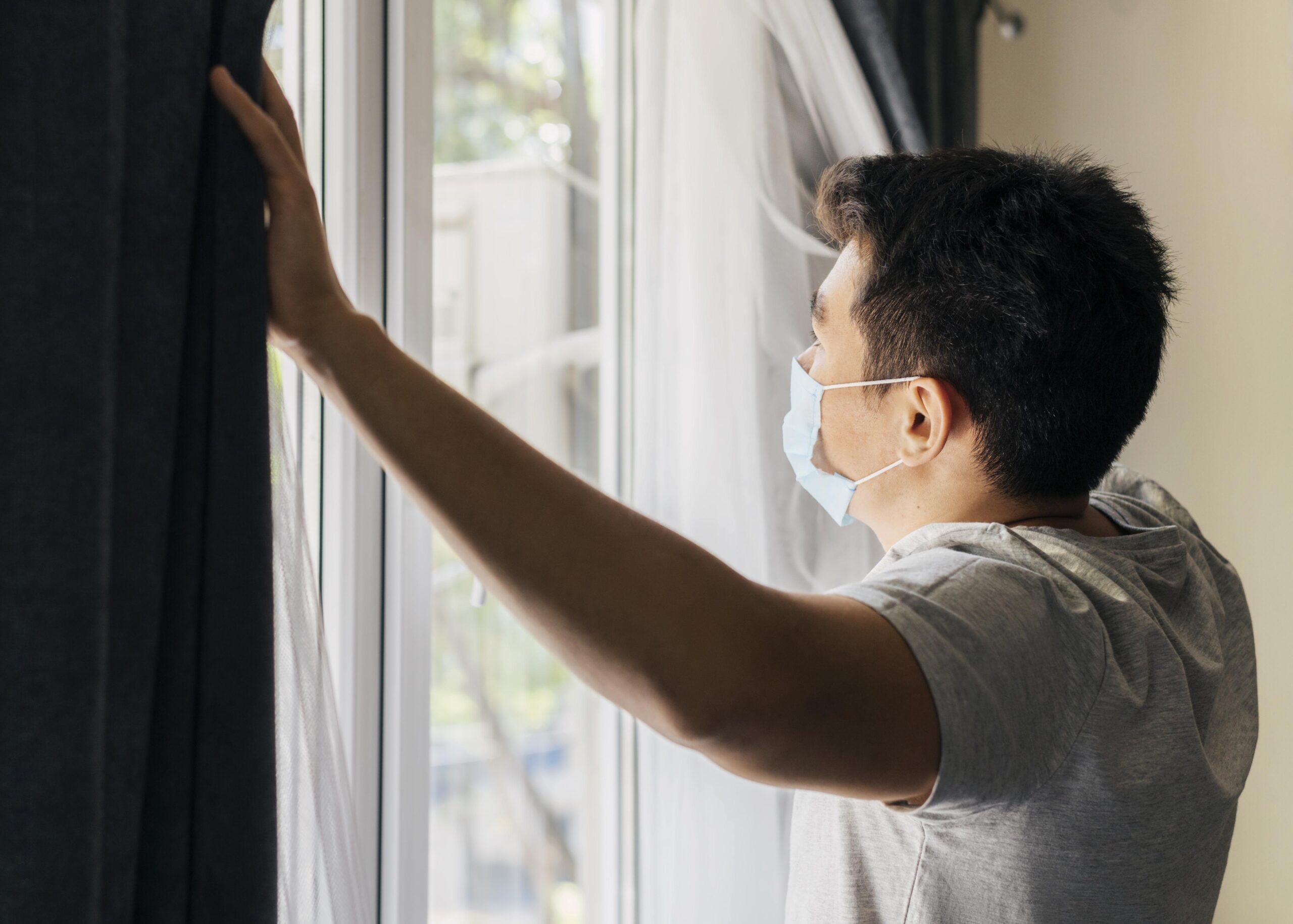
Preventing siding from fading involves several key steps. Here are some effective strategies:
- Quality Material Selection: Opt for high-quality siding materials that are specifically designed to resist UV radiation and fading. Materials like vinyl, fiber cement, and certain woods have good resistance to fading. Some are treated with UV-resistant coatings.
- UV Protective Coatings: Apply UV protective coatings to your siding. These coatings are designed to reflect UV rays and protect the siding from the harsh effects of the sun.
- Regular Maintenance: Regular siding cleaning can help prevent the buildup of dirt and grime, which can accelerate fading. Use gentle cleaning methods to avoid damaging the siding’s surface.
- Color Choice: Lighter colors tend to fade less noticeably than darker colors. If you’re concerned about fading, choosing a lighter shade for your siding can be practical.
- Shade and Landscaping: Strategically placing trees or shrubs to create shade can reduce the amount of direct sunlight hitting your siding. This natural shade can significantly slow down the fading process.
- Awnings and Overhangs: Installing awnings or overhangs can provide shade to your siding, especially on the sides of your home that receive the most sunlight.
- Periodic Repainting or Refinishing: For certain types of siding like wood, regular repainting or refinishing can help maintain its appearance and reduce fading effects.
- Avoid Pressure Washing: High-pressure washing can strip away protective coatings on the siding, making it more susceptible to fading. It’s better to use gentler methods for cleaning.
By combining these strategies, you can significantly prolong the life and appearance of your siding, keeping it vibrant and protected from the effects of sun exposure.
In any home, windows provide natural light, ventilation, and a connection to the outdoors. But windows can break down over time, making them less energy-efficient and attractive. That’s when replacement windows come into the picture. Upgrading your windows enhances your home’s look and improves its energy efficiency and value.
While many homeowners choose to replace their windows during the warmer months, winter can be the perfect time to embark on this project. In this article, we will explore the benefits of replacing windows in the winter season and provide valuable insights on choosing the right replacement windows and window replacement company in San Francisco.
The benefits of replacing windows in the winter season
Maintaining and preserving the color of your siding is crucial for keeping your home’s exterior looking its best. Here are some maintenance tips to help maintain the color of your siding:
- Regular Cleaning: Clean your siding to prevent dirt, grime, and mildew buildup. Use a soft brush or cloth and a gentle cleaning solution. Avoid harsh chemicals or abrasive cleaners that can strip the color.
- Gentle Washing Techniques: Use a low-pressure hose or a soft wash system for cleaning. High-pressure washing can damage the siding and cause the color to fade or peel.
- Prompt Stain Removal: If your siding gets stained, clean the stains as soon as possible. The longer a stain sits, the more difficult it will be to remove, and it may cause permanent discoloration.
- Check for Damage Regularly: Inspect your siding periodically for any signs of damage like cracks, chips, or peeling. These issues can lead to moisture infiltration, which can further damage the siding and cause color fading.
- Touch-Up Paint: If you have painted siding, keep some extra paint for touch-ups. Addressing small areas of wear or damage promptly can prevent more extensive fading or peeling.
- Use UV Protective Sealants: If your siding is prone to fading from UV exposure, consider applying a UV-resistant sealant. This can help to protect the color from the sun’s harsh rays.
- Trim Overgrown Vegetation: Keep trees and shrubs trimmed back from the siding. Overgrown vegetation can rub against the siding, causing wear and tear that leads to color fading.
- Avoid Direct Heat Sources: Keep barbecues, grills, and outdoor heaters safe from your siding. Excessive heat can cause warping and discoloration.
- Consider Weather Conditions: In extreme weather conditions, more frequent maintenance may be necessary to preserve siding color. For instance, salt spray can affect siding color in coastal areas and should be rinsed off regularly.
- Professional Inspection and Maintenance: If you need help with how to care for your siding or if you notice significant issues, consult a professional. They can provide targeted advice and perform maintenance tasks that might be difficult or risky to do yourself.
By following these tips, you can help ensure that your siding retains its color and remains an attractive feature of your home’s exterior for many years.
Signs That Indicate Your Siding is Fading
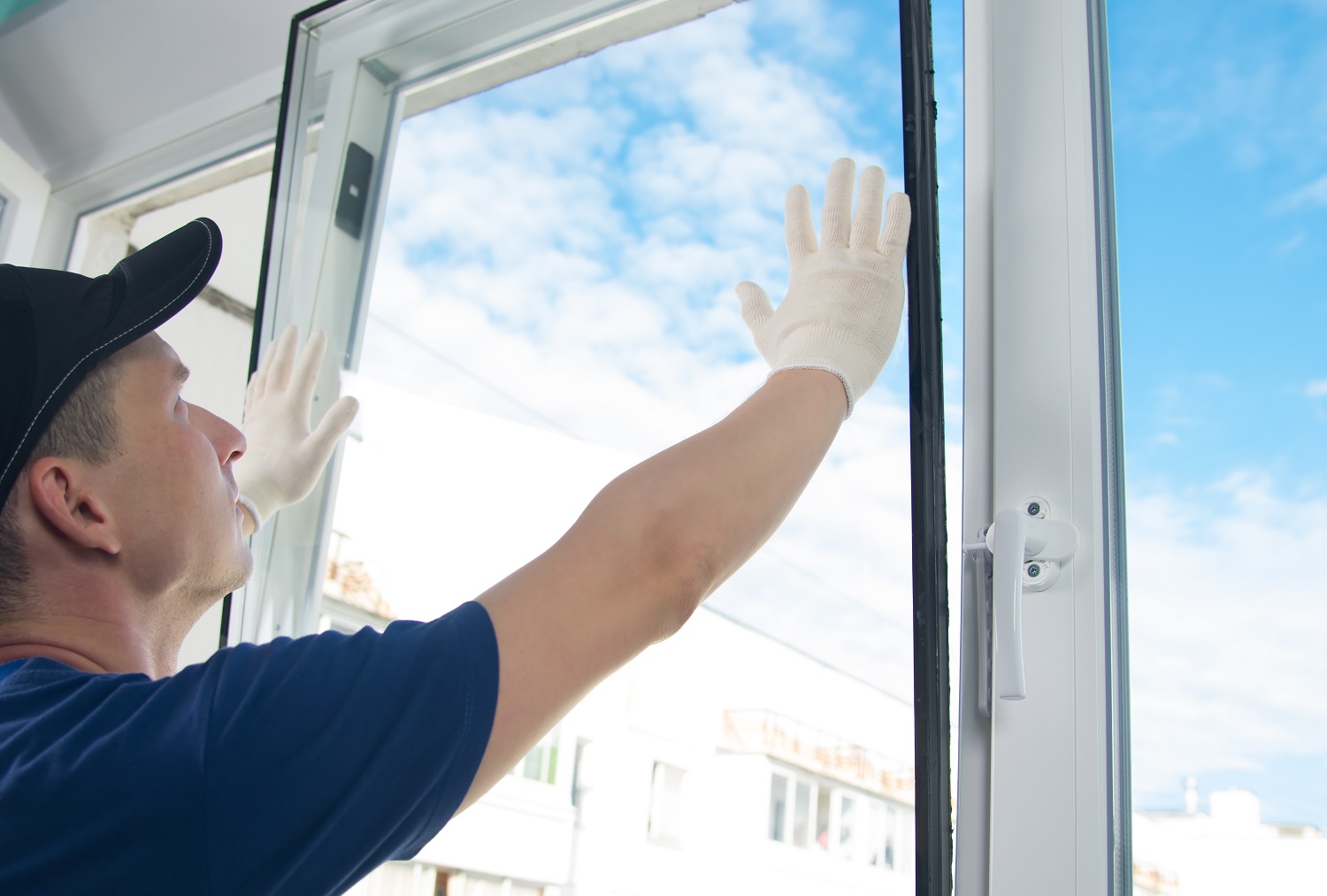
Recognizing the signs that your siding is fading can help you take timely measures to maintain and restore its appearance. Here are critical indicators to watch for:
- Color Changes: The most apparent sign of fading is a noticeable change in the color of your siding. This might be uneven, with more exposed areas showing more significant fading.
- Discoloration: Look for areas where the color of the siding has become dull, washed out, or has changed shade. Discoloration can be gradual, so it might be more noticeable when you compare less exposed areas to those regularly hit by sunlight.
- Chalking: If you run your hand across the siding and a powdery residue comes off, this is a sign of chalking, which often occurs in conjunction with fading. It’s a result of the breakdown of the siding material due to UV exposure.
- Visible Damage from Elements: Signs of damage from rain, snow, or hail, like cracking or peeling, can also accompany fading. These elements can wear down the siding’s protective layer, leading to color loss.
- Inconsistencies in Color: Compare typically shaded areas (like under eaves or behind shrubbery) with those in direct sunlight. If there’s a significant color difference, it’s a clear sign of fading due to sun exposure.
- Patchy Appearance: If your siding looks uneven or patchy, with some areas retaining color better than others, it could be due to uneven fading.
- Age of the Siding: Older siding is more prone to fading, especially if it needs to be adequately maintained or was made from lower-quality materials.
- Comparison with Protected Areas: Protect protected areas, like behind downspouts or shutters, against exposed regions. A stark contrast in color is a strong indicator of fading.
- Brittleness and Warping: While these signs are more about the condition of the siding, they often accompany fading, especially in materials like vinyl that are susceptible to UV damage.
- Previous Maintenance History: If your siding has yet to be maintained, cleaned, or treated for extended periods, it will likely show signs of fading.
Regular inspection and maintenance of your siding can help catch these signs early, allowing corrective measures to be taken before the fading becomes severe. If you notice these signs, consider consulting a professional for restoration or replacement options.
Repair Options for Faded Siding
If your siding has already faded, repair options are available to restore its appearance. One option is to repaint the siding. This involves thoroughly cleaning the surface, priming it, and applying a fresh coat of paint. However, this solution is temporary and may need to be repeated every few years. Another option is to replace the faded siding entirely. This allows you to choose new materials that are more resistant to fading. Consulting with a professional siding contractor can help you determine the best repair option based on the extent of the fading and the condition of your existing siding.
Choosing the Right Siding Materials to Minimize Fading
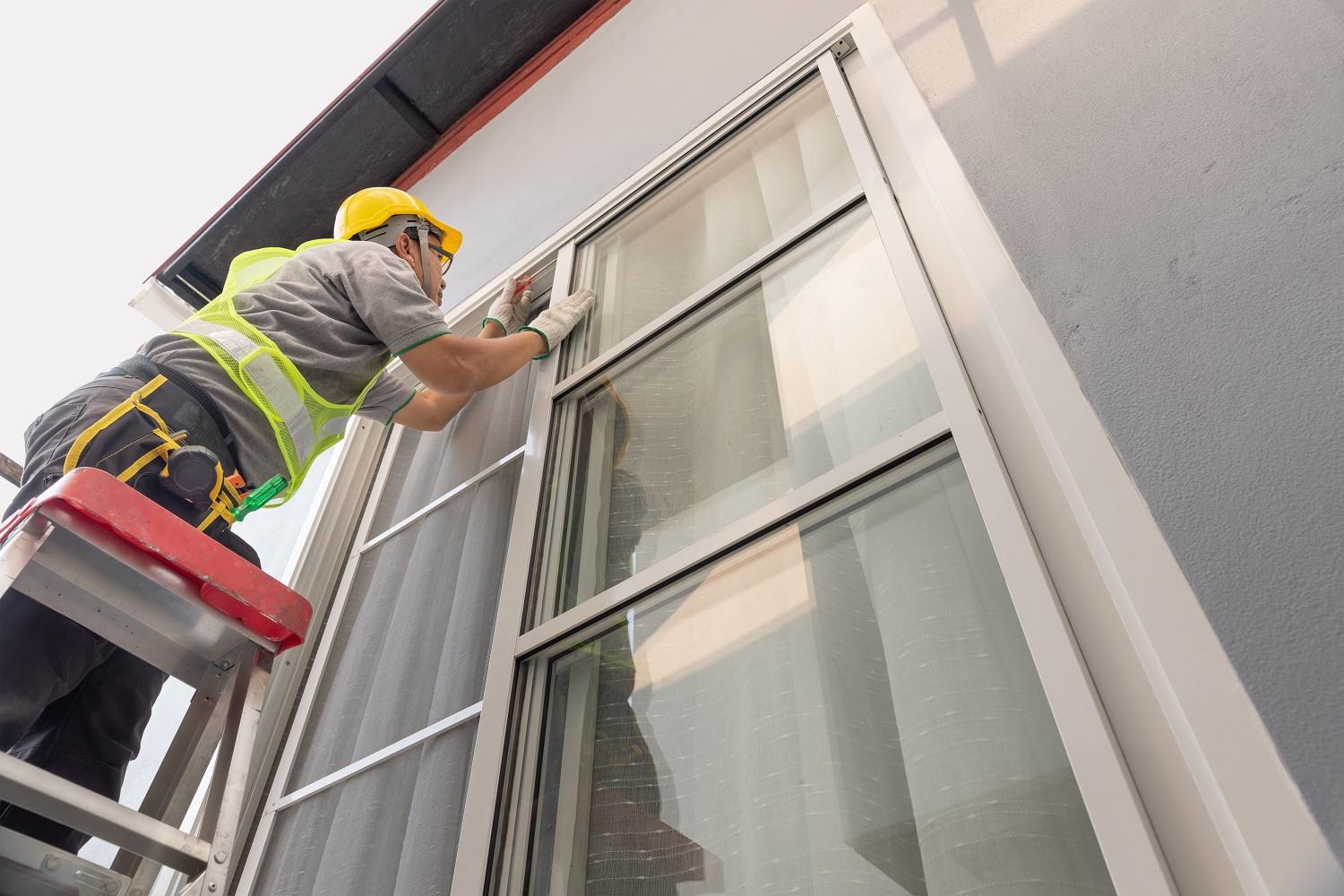
Selecting the right siding materials can play a significant role in minimizing fading. Some siding options, such as vinyl, fiber cement, or engineered wood, are designed to be fade-resistant and durable. These materials often come with protective coatings or pigments that can withstand UV rays and harsh weather conditions. Additionally, consider the color of the siding you choose. Darker colors tend to fade more quickly than lighter shades. Opting for lighter colors or those with reflective properties can minimize fading and heat absorption.
Conclusion: Protecting Your Home's Siding from Fading
Siding fading is a common issue that homeowners face, but understanding its causes and taking preventive measures can help protect your home’s exterior and maintain its beauty. By choosing high-quality siding materials, practicing regular maintenance, and recognizing the signs of fading, you can prolong the lifespan of your siding and prevent costly repairs. If your siding has already faded, explore the repair options available and consider upgrading to fade-resistant materials. Taking proactive steps ensures that your home’s siding remains vibrant and appealing for years.
Contact Rhino Siding & Window Replacement for professional assistance in protecting and maintaining your home’s siding.